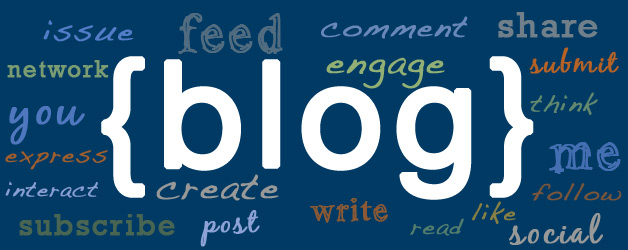Guide to A Secure Password
Sat, May 7, 2016Creative ways to generate a rock solid password AND remember it.
On my first day of fifth grade, each student in class was asked to stand up in front of the class and say his or her name and state one thing about himself or herself. When my turn came, I stood proudly and said, “My name is Mike, and I’m weird.”
Mrs Macaulay, in quintessential fifth grade teacher fashion, quickly corrected this with an optimistic “You’re not weird, you’re unique!”
My fifth grade opinion of myself, in Mrs Macaulay’s words, is just how we should all approach passwords. They should be as unique as possible, therefore making them harder to crack. But how can we make a password that’s just as random as my story about the first day of fifth grade, eluding hackers like Harry Potter wearing his invisibility cloak? Read on to find out.
It IS the size of the ship, and how you sail it
The longer your password is and the more characters it contains, the more complex it will be. Most websites that focus on security recommend a 12-character minimum.
Ain’t ain’t a word cuz it ain’t in the dictionary
While ‘ain’t’ eventually wriggled its way into most modern dictionaries, your password never should. Avoid using any real words as they will be easier to hack – if a hacker can find part or all of your password in the dictionary, it will be that much easier to enter into password hacking software and breach your security.
Capitalize on options
This is a no-brainer, but throwing capital letters into the mix greatly increases the complexity of your password; adding them at random places within the password, instead of just at the beginning, makes it even tougher.
Vaht is your passvord? Ha, ha, ha. – Count von Count, Sesame Street
There are 26 letters in the English alphabet. If you were to use the full alpha set of letters, there would be 53,459,728,531,456 possible combinations for a password. Add the 10 numerical characters to that and your possibilities for password combos jumps to a whopping 218,340,105,584,896! Come on, hackers, I dare you to try to figure out 218 trillion plus combinations to find mine.
The power of $ymbols
Some websites that insist on ultra-tough passwords will require you to include at least one symbol to lock down your password. Adding symbols into the mix adds even more potential combinations for your password. The characters on the numerical keys – !@#$%^&*() – are a great place to start.
Generations worth of ideas
Password generators will quickly come up with a random combination of characters that will be especially elusive to anyone trying to figure out your password. Just make sure you’re using a trusted generator – as soon as your password is created then there are two of you who know it: the password generation software and you.
Different site, different solution
Having a different password for each website that requires one will keep bad guys guessing…and guessing…and guessing. But it can be difficult to remember all those random strings of letters, numbers, and symbols, each one almost as random as that Harry Potter reference (didn’t think I would let that go unmentioned, did you?). That leads us to our next tip…
Manage expectations
Password manager software (LastPass, KeePass) is a great tool to employ if you want to have a different password for many different sites, but you don’t think you’ll be able to remember all of them. Password managers store all of your passwords, then create a single master password that you can use to enter any site. Just input your master password and the password manager will swap it out for the correct one, all safe, sound, and secure. This way you can have mega-random passwords, each more complex than the next, but will only have to remember one password yourself.
Guide to A Secure Password
We never stop hearing about cyber security in the news these days, and as such having a secure password has never been more important. Use the simple tips above and your passwords will be harder to figure out than even my fifth grade self-esteem. Still working on cracking that.
